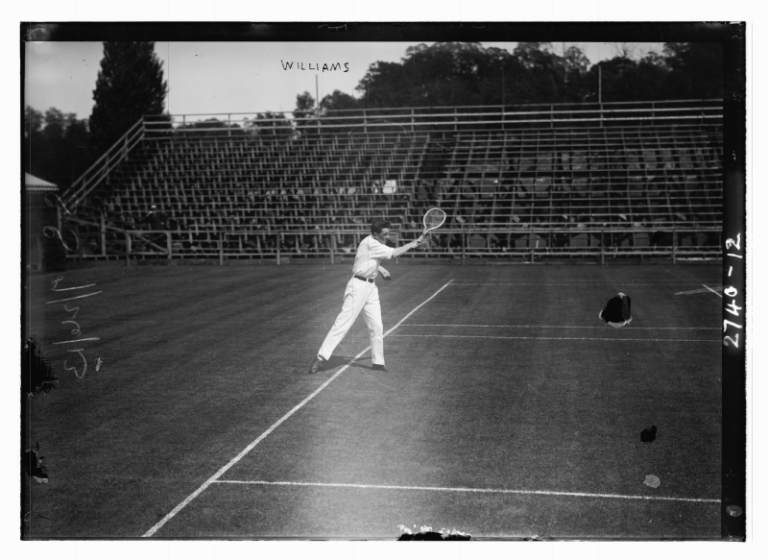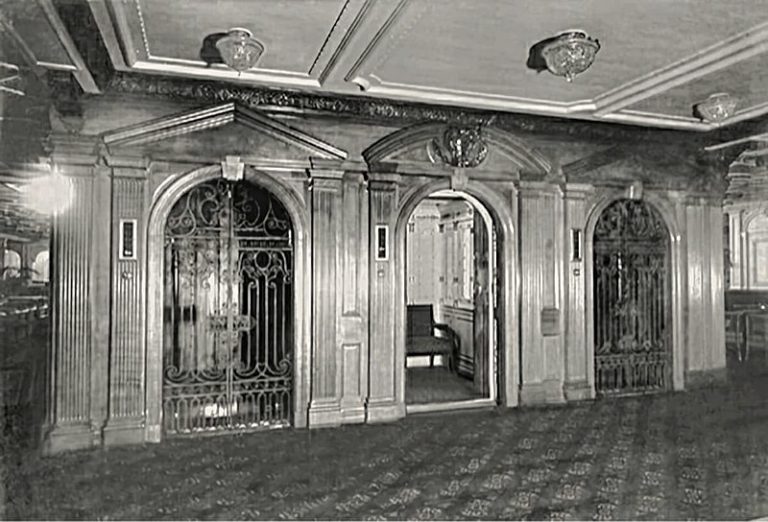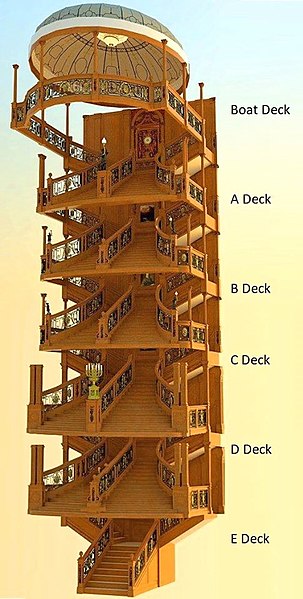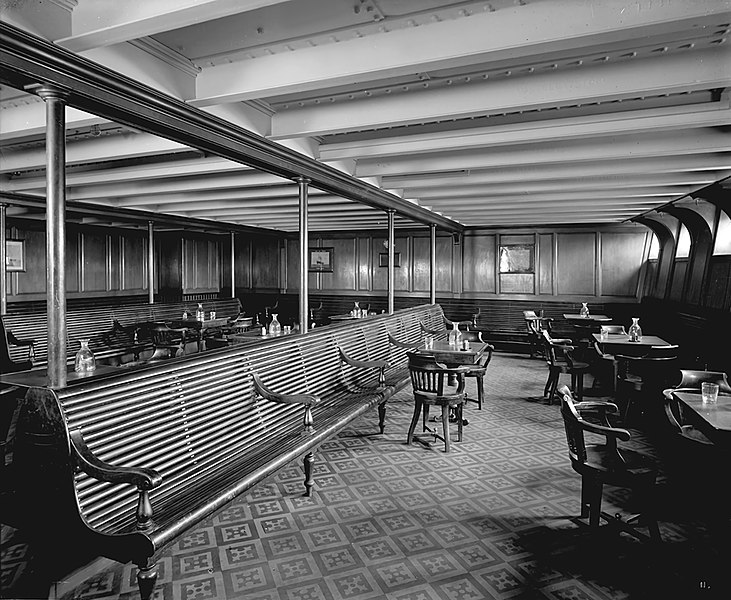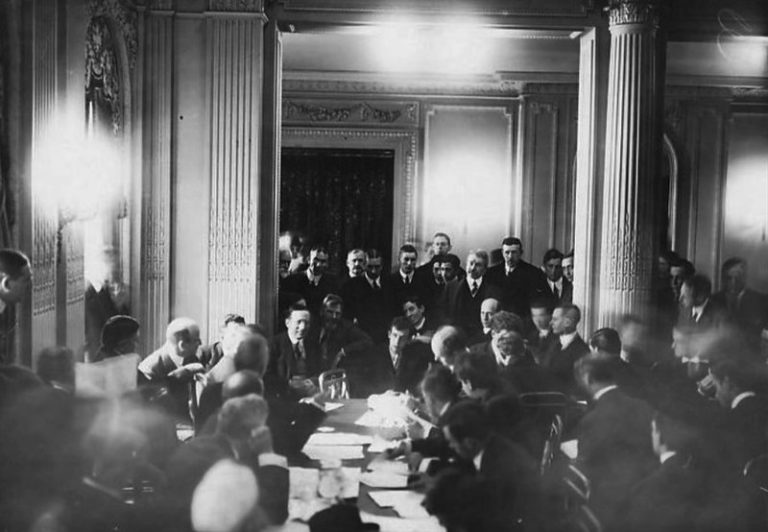"Every Star in the Heavens Was Visible": Fourth Officer Joseph Boxhall
Joseph Groves Boxhall was the son of a seafaring family, and he carried the tradition on. When he boarded Titanic on March 27, 1912, he had already spent 13 years at sea.
He was 28 years old.
Joseph signed onto Titanic as Fourth Officer. Despite his extensive career up until that point, his path had only intersected with one Titanic colleague, Second Officer Charles Lightoller.
Fourth Officer Boxhall was on duty when Titanic collided with the iceberg on April 14, 1912.

Joseph Boxhall, photographed before 1919.
Per his testimony to both the American and British Inquiries following the tragedy, Joseph said that he was on the bridge when the collision occurred.
But in 1962, he gave an interview to the BBC in which he stated that he was in his cabin, making a cup of tea.
He heard a trio a warning bells and immediately returned to the bridge, where he overheard First Officer William Murdoch shouting to Quartermaster Hitchens to pull the wheel hard over, as well as the telegraphs ordering the engine room to reverse.
Joseph was subsequently present for First Officer Murdoch’s discussion with Captain Smith about the strike, which he detailed at the British Inquiry.
Commissioner: And did the Captain then come out on to the bridge?
Boxhall: The Captain was alongside of me when I turned round.
Commissioner: Did you hear him say something to the first Officer?
Boxhall: Yes, he asked him what we had struck.
Commissioner: What conversation took place between them?
Boxhall: The First Officer said, "An iceberg, Sir. I hard-a-starboarded and reversed the engines, and I was going to hard-a-port round it but she was too close. I could not do any more. I have closed the watertight doors." The Commander asked him if he had rung the warning bell, and he said "Yes."
He went on to say that Captain Smith and Murdoch went to look overboard to spy the iceberg, but that he did not see it himself. “I was not too sure of seeing it,” he said. “I had just come out of the light, and my eyes were not accustomed to the darkness.”
Joseph then went down to F Deck to assess the ship for any damage, but he found none. On his way return, as he passed through C Deck, he encountered steerage passengers playing with fragments from the iceberg that had scattered the well deck.
Yes, I took a piece of ice out of a man's hand, a small piece about as large as a small basin, I suppose; very small, anyhow; about that size (Describing.) He was going down again to the passenger accommodation, and I took it from him and walked across the deck to see where he got it. I found just a little ice in the well deck covering a space of about three or four feet from the bulwarks right along the well deck, small stuff.
Joseph returned to the bridge to report the absence of any finding, and was sent to fetch the ship’s carpenter. He met him on the way, and he told Joseph that water was coming in. Fast.
Joseph hurried to the mailroom, where he saw the worst. “It was rising rapidly up the ladder and I could hear it rushing in.”
From there, Joseph returned to the bridge to report the state of the mailroom, and was assigned to calculate Titanic’s position for Captain Smith to provide to the Marconi Room, in order to begin distress signaling.
Joseph then worked to prepare the lifeboats for launch, unlacing the covers on the port side himself. It was then, he testified, that he heard someone state that they saw the light of another ship out ahead of them.
He saw it himself: the two masthead lights of a steamship.
At Captain Smith’s behest, Joseph began firing distress rockets, one at a time at five-minute intervals. He informed the British Inquiry that these rockets were the type with which “you see a luminous tail behind them and then they explode in the air and burst into stars.”
COMMISSIONER: Could you see it distinctly with the naked eye?
BOXHALL: No, I could see the light with the naked eye, but I could not define what it was, but by the aid of a pair of glasses I found it was the two masthead lights of a vessel, probably about half a point on the port bow, and in the position she would be showing her red if it were visible, but she was too far off then.
COMMISSIONER: Could you see how far off she was?
BOXHALL: No, I could not see, but I had sent in the meantime for some rockets, and told the Captain I had sent for some rockets, and told him I would send them off, and told him when I saw this light. He said, "Yes, carry on with it." I was sending rockets off and watching this steamer.
Joseph Boxhall testified at great length about the nature of this light: its color, its distance, and how frequently it was signaled.
The ship—which most have concluded was the SS Californian, and which had been communicating via wireless with Titanic shortly before collision—never came to Titanic’s aid.
The reasons for its negligence are manifold and contested.
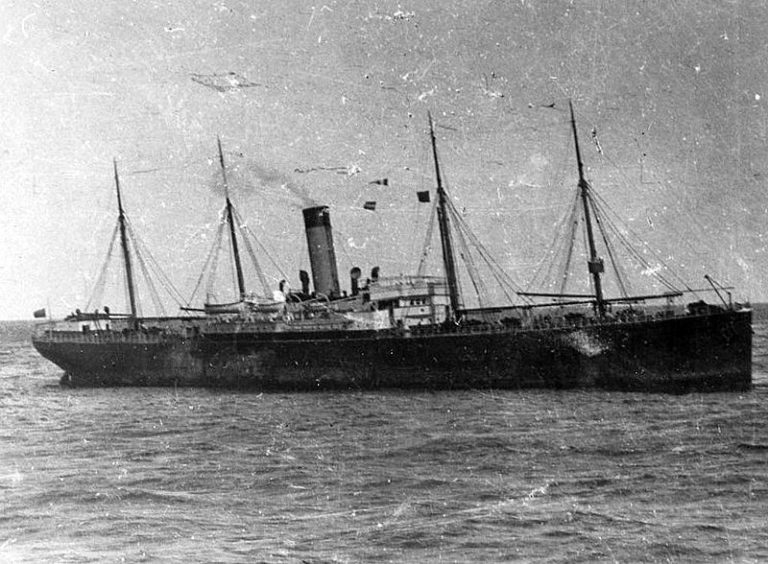
The SS Californian, taken on or about April 15, 1912.
Soon thereafter, Joseph was assigned by Chief Officer Wilde to Lifeboat 2. He noted that there were no lights stocked in the boat, and had the presence of mind to bring some green flares along.
Joseph recalled that there were mostly women and children in the boat, three crewmen, and a male passenger “who did not seem to do much.”
Lifeboat 2 was launched on the port side under the supervision of Second Officer Lightoller. So Joseph, following orders, promptly rowed around Titanic’s stern to the starboard side.
I got the crew squared up and the oars out properly and the boat squared when I heard somebody singing out from the ship, I do not know who it was, with a megaphone, for some of the boats to come back again, and to the best of my recollection they said "Come round the starboard side," so I pulled round the starboard side to the stern and had a little difficulty in getting round there.
But Lifeboat 2 did not return. When the boat approached the starboard side as ordered, Joseph sensed suction from Titanic “settling down.”
And so he turned the lifeboat away, until it was about a half-mile out. He stated that he did not witness the final moments of Titanic's submersion.
COMMISSIONER: After she sank, did you hear cries?
BOXHALL: Yes, I heard cries. I did not know when the lights went out that the ship had sunk. I saw the lights go out, but I did not know whether she had sunk or not, and then I heard the cries. I was showing green lights in the boat then, to try and get the other boats together, trying to keep us all together.
Joseph Boxhall’s was the first lifeboat to be picked up by the rescue ship Carpathia, aided by his signaling with the green lights he had brought on during the sinking.
Once he was aboard, he was ordered to the bridge, where he informed the captain of the Carpathia that Titanic had gone under at 2:30am.

Titanic's recovered lifeboats, 1912. Courtesy of the State library of Queensland, Australia.
Joseph was called before the American Senate Inquiry, in which his insights, while valuable, were communicated with curt words. Once permitted to return home to Great Britain, Joseph also testified--with a notable surplus of patience--at the British Inquiry.
Joseph promptly returned to the sea. Having joined the Royal Navy Reserve already, he was promoted the lieutenant in 1915 during World War I. In 1919, he married, and post-war, was promoted once again to Lieutenant Commander.
Joseph Boxhall was a taciturn sort, and was always reticent to speak about Titanic, but he did agree to be a technical advisor on the 1958 film “A Night to Remember” and even attended the premier.
In the years that followed, Joseph agreed at last to collaborate with researchers, and also took the above-cited BBC interview.
He passed away five years later, in 1967.
He was the last of Titanic’s deck officers to die.

Joseph Boxhall (far right), photographed with Titanic's other surviving officer Harold Lowe (far left), Charles Lightoller (center), and Herbert Pitman (seated.) Circa 1912.
Per his wishes, Joseph Boxhall’s ashes were scattered at sea at 41° 46’ N, 50° 14’ W: the coordinates he had calculated for Titanic as she sank.
The wreck site sits to the east, about 20 miles away.








